Strawberry Profile
Written by Joy
Nov 06 2020
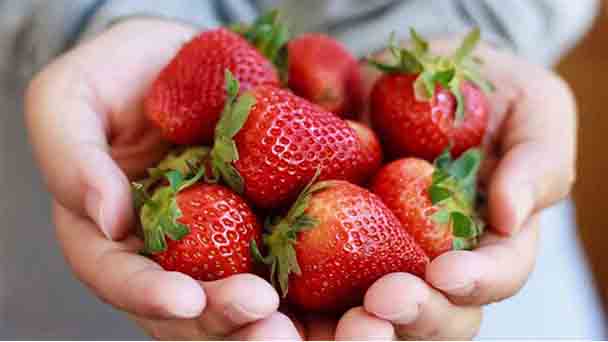
Strawberry is a perennial herb. It is 10-40 cm tall, the stem is lower than or nearly equal to the leaves, and it is densely spread with yellow pilose. The leaves are three-out, small leaves with short stalks, thick texture, obovate or rhomboid, dark green on the top, almost glabrous, and pale green on the bottom, sparsely hairy, densely along the veins; petioles are densely spreading yellow pilose. Cymes, with a short-stalked leaflet under the inflorescence; strawberry sepals are ovate, slightly longer than epistles; petals are white, nearly round, or obovate-elliptic. The aggregate fruit is large, and the persistent sepals are erect and close to the fruit. The flowering period of strawberries is from April to May, and the fruit period is from June to July.
Strawberry morphological characteristics
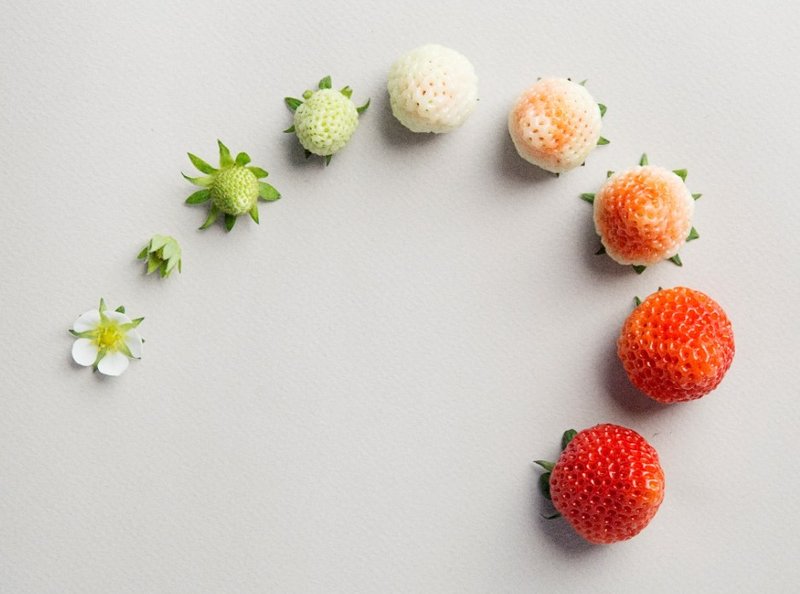
Strawberry flower
The strawberry flower is in the form of a cyme, with 5-15 flowers, and a short-stalked leaflet under the inflorescence. The flower of strawberry is bisexual, 1.5-2 cm in diameter. The sepals of strawberry are ovate, slightly longer than the epicalyx, the epicalyx is elliptic-lanceolate, entire, sparsely 2-lobed, and enlarged in fruit. The petals of strawberry are white, nearly round or obovate, with indistinct claws at the base; 20 stamens, unequal length.Strawberry fruit
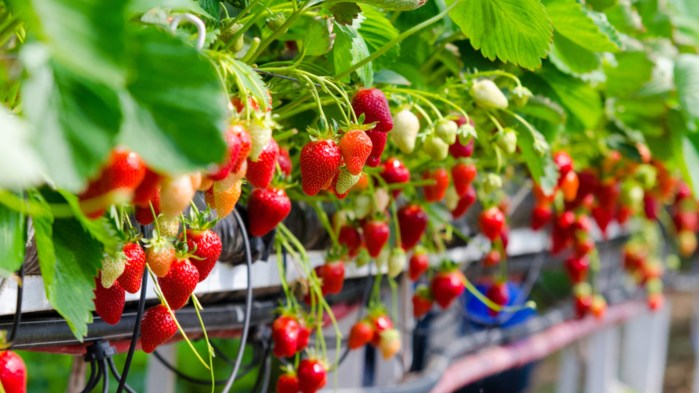
Strawberry growth habit and growing environment and distribution
Strawberry likes a cool climate, the growth temperature of strawberry roots is 5-30℃, the optimum temperature is 15-22℃, the optimum temperature for stem and leaf growth is 20-30℃, the buds will be frozen at -15-10℃, and the temperature during flower bud differentiation must be maintained at 5 -15℃, 4-40℃ during flowering and fruiting period. When strawberries are over summer, when the temperature is higher than 30°C and the sunshine is strong, shading measures are required.Strawberries are light-loving plants, but they have strong shade tolerance. When the light is strong, the plant is short and strong, the fruit is small, the color is dark, and the quality is good. It has a medium-light, big fruit, light color, low sugar content, longer harvest period; too weak light is not good for strawberry growth.
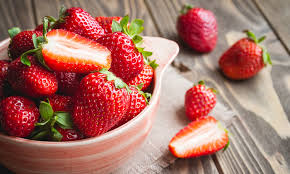
Strawberries should be grown in fertile, loose, neutral, or slightly acid loam. Soils that are too sticky and heavy are not suitable for cultivation. Use more stable manure on sandy soil, and you can also grow strawberries.
It is native to South America and is widely cultivated in various parts of China and Europe.
Strawberry efficacy and role
The nutritional value of strawberries

Especially the vitamin C contained is 7-10 times higher than apples and grapes. The content of malic acid, citric acid, vitamin B1, vitamin B2, carotene, calcium, phosphorus, and iron is also 3 to 4 times higher than that of apples, pears, and grapes.
The health value of strawberry
Strawberries are rich in carotene and vitamin A, which can relieve night blindness. At the same time, strawberries have the effect of maintaining the health of epithelial tissues, improving eyesight and liver, and promoting growth and development.It can also help digestion and prevent constipation. Strawberry is rich in dietary fiber, can promote the peristalsis of the gastrointestinal tract, promote the digestion of food in the gastrointestinal tract, improve constipation, and prevent the occurrence of intestinal cancer.
Strawberry cultivation
Strawberry seed reproduction
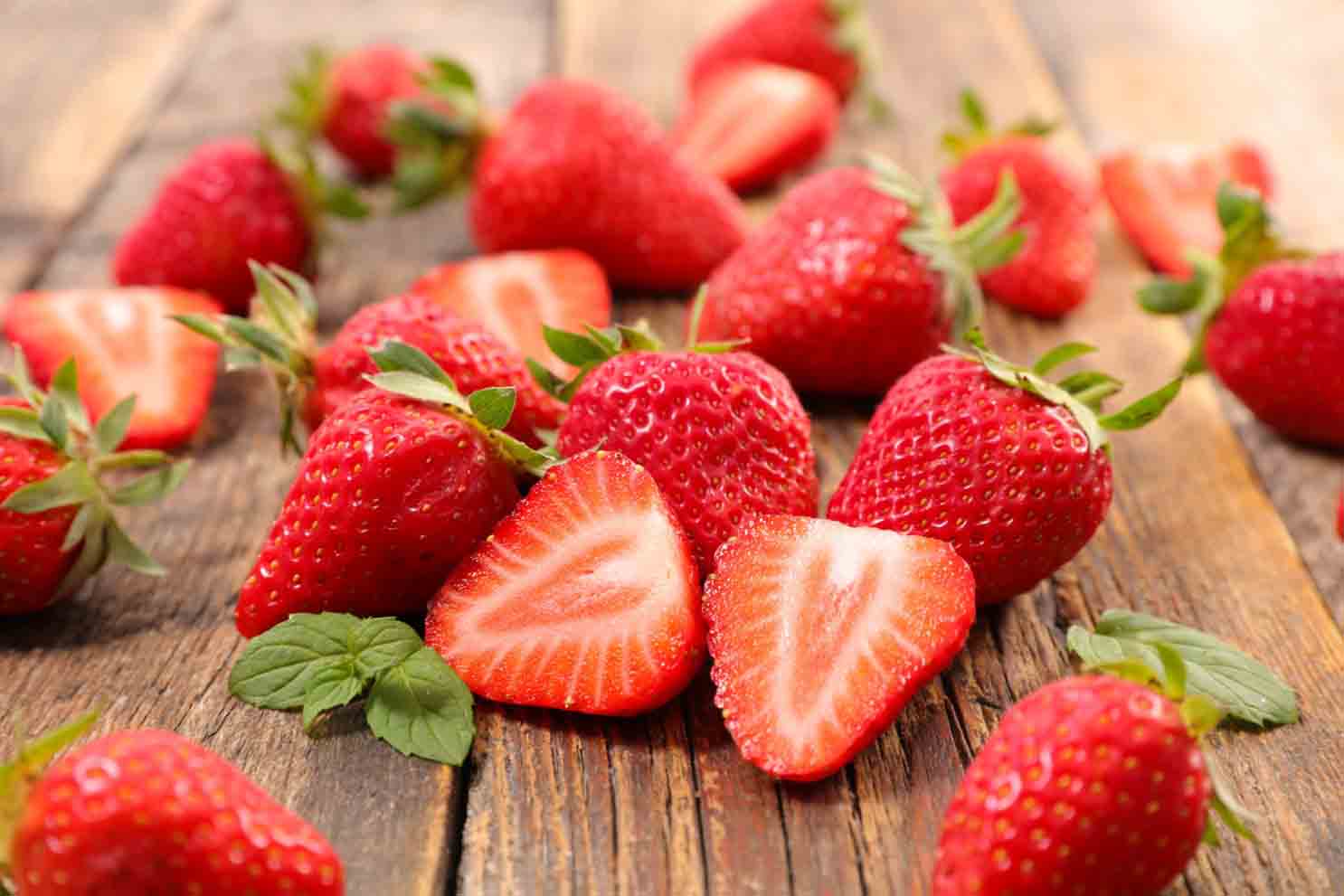
Sowing and raising seedlings are mostly carried out in the following spring, but they can also be carried out from July to August of the year when the seeds are collected. Before planting, prepare a wide-mouth clay pot, fill it with finely crushed nutrient soil, flatten it, soak the seeds 8-12 hours in advance, and spread them on the soil surface after expansion, and then use a sieve to evenly sieve the fine sand with a thickness of about 0.2 cm cover. In order to make the soil contain enough water and keep it loose, so as to facilitate the rooting and germination of strawberry seeds, place the sowed clay pot in a shallow pool, wait for the water to slowly soak the soil in the pot, take it out, and then cover with plastic The film will emerge in about 10 days.
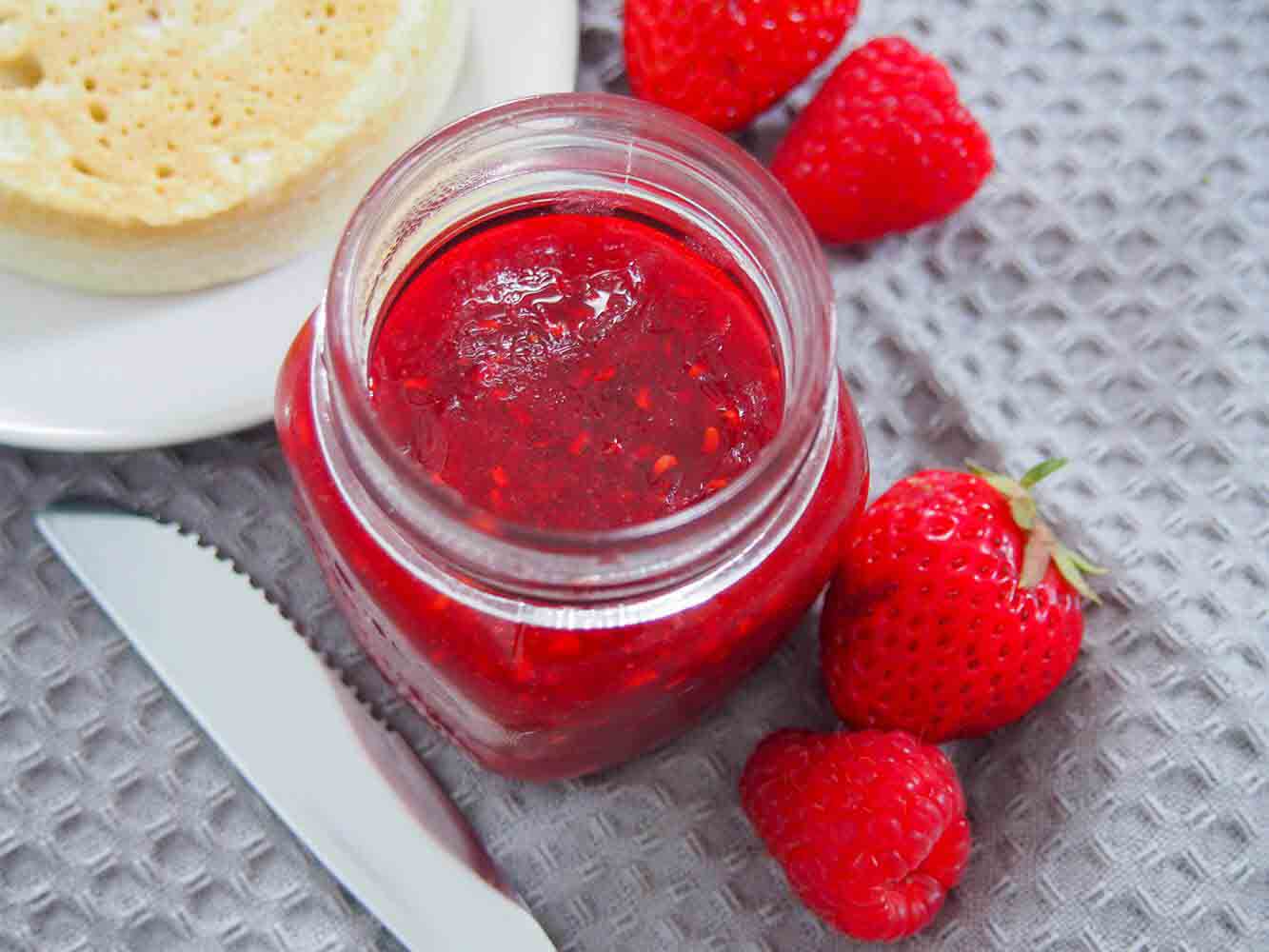
Ramet propagation of strawberry
After the fruit is harvested, the strawberry rhizome ramets should promptly strengthen the management of the mother plant, and carry out fertilization, watering, weeding, and soil loosening in a timely manner to promote the axillary buds of the new stems to send out new stem branches. When a certain number of new leaves are extracted from the upper part of the mother plant and new roots are growing in the underground root system, dig out the old strawberry roots, cut off the black adventitious roots and senescent rhizomes, and separate the new rhizomes one by one. There should be 5-8 robust leaves on the rhizome, and 4-5 beige adventitious roots in the lower part. The separated rhizomes can be directly planted in the production garden. After planting, they should be watered in time, strengthen the management of strawberry planting, and promote the growth, and the fruit will be normal in the second year.Latest Updated
- Benefits of Bugleweed - 7 Science-backed Health Benefits
- Bugleweed Dangers & Side Effects - Is It Poisonous?
- How to Plant Evergreen Trees - What You Should Know
- When to Plant Evergreens - Grow Guide for Evergreen Trees
- 12 Wonderful Evergreen Shrubs for Your Garden
- 12 Popular Evergreen Plants with Pictures for Beginners
- When And How To Prune A Lilac Bush Like a Pro
- How to Grow & Care for Lilac Vine (Hardenbergia Violacea)
- Japanese Lilac Tree (Syringa Reticulata) Care & Propagation Guide
- Shumard Oak Pros and Cons - What to Know
Popular Articles
- Winter maintenance of Antirrhinum Majus
- How to Grow Terminalia Mantaly Tree
- How to Grow and Care for Crossostephium Chinense
- How to grow Antirrhinum Majus in spring
- Peristeria Elata (Dove Orchid) Profile: Info & Care Guide
- Underwatered Snake Plant (Sansevieria Trifasciata) - Signs And How To Fix
- How to Care for Brazilian Jasmine Plant (Mandevilla Sanderi)
- How to Grow & Care for Graptopetalum Purple Delight in Summer
- Rosa Chinensis (China Rose): Plant Growing & Care Tips
- How to Care for Baby Sun Rose (Aptenia Cordifolia)